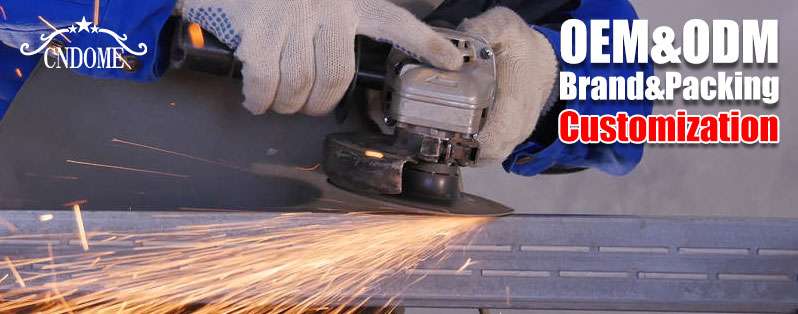Bench and pedestal grinding wheels are essential tools in workshops, factories, and metalworking facilities. Their versatility, durability, and efficiency make them indispensable for sharpening tools, shaping materials, and removing excess material from workpieces. This blog delves into the specifics of these grinding wheels, covering their types, uses, and tips for optimal performance.
What Are Bench & Pedestal Grinding Wheels?
Bench grinding wheels are mounted on bench grinders, while pedestal grinding discs are mounted on pedestal grinders. Both tools are designed for grinding, deburring, and finishing tasks. The difference lies primarily in their mounting and application settings:
- Bench Grinders: Compact and ideal for small to medium-sized projects.
- Pedestal Grinders: Larger, standalone units designed for industrial applications.
Types of Bench & Pedestal Grinding Wheels
- Aluminum Oxide Wheels
- Best for: General-purpose grinding of ferrous metals like steel and iron.
- Characteristics: Durable and provides consistent performance.
- Silicon Carbide Wheels
- Best for: Non-ferrous metals, cast iron, and hard materials.
- Characteristics: Harder but more brittle than aluminum oxide.
- Ceramic Alumina Wheels
- Best for: High-performance grinding of hard materials and high-speed grinding.
- Characteristics: Longer lifespan and self-sharpening properties.
- Diamond Wheels
- Best for: Grinding hard and brittle materials like glass, ceramics, and carbide.
- Characteristics: Extremely durable and efficient.
Applications of Bench & Pedestal Grinding Wheels
- Tool Sharpening
- Ideal for sharpening chisels, drill bits, and cutting tools.
- Ensures precision and maintains the sharpness of the edges.
- Material Shaping
- Used to shape materials for specific projects.
- Commonly employed in metal fabrication and woodworking.
- Deburring
- Removes burrs and sharp edges from metal workpieces for a smooth finish.
- Essential for ensuring safety and improving product aesthetics.
- Surface Preparation
- Prepares surfaces for welding or painting by removing rust and scaling.
Tips for Selecting the Right Grinding Wheel
- Material Compatibility
- Match the wheel material to the workpiece material (e.g., aluminum oxide for steel).
- Wheel Grit
- Coarser grit for heavy material removal.
- Finer grit for finishing and precision work.
- Wheel Hardness
- Softer wheels for hard materials.
- Harder wheels for soft materials.
- Size and RPM Compatibility
- Ensure the wheel size and speed rating match your grinder specifications.
Safety Tips for Using Grinding Wheels
- Inspect Before Use
- Check for cracks or damage before mounting the wheel.
- Wear Protective Gear
- Always use safety goggles, gloves, and hearing protection.
- Use a Wheel Guard
- Protects the operator from flying debris and sparks.
- Follow Manufacturer Guidelines
- Adhere to recommended speeds and mounting instructions.
Maintenance of Bench & Pedestal Grinding Wheels
- Dressing the Wheel
- Use a dressing tool to maintain the wheel’s shape and remove debris.
- Regular Inspection
- Look for wear and tear to ensure optimal performance and safety.
- Proper Storage
- Store wheels in a dry, temperature-controlled environment to prevent damage.
Conclusion
Bench and pedestal grinding wheels are versatile tools that can handle a wide range of tasks, from sharpening tools to finishing surfaces. Selecting the right wheel for the material and application is crucial for achieving the best results. By following safety practices and maintaining the wheels properly, you can extend their lifespan and ensure a smooth workflow.
Whether you’re a DIY enthusiast or a professional metalworker, investing in the right bench and pedestal grinding discs will significantly enhance your productivity and efficiency.



